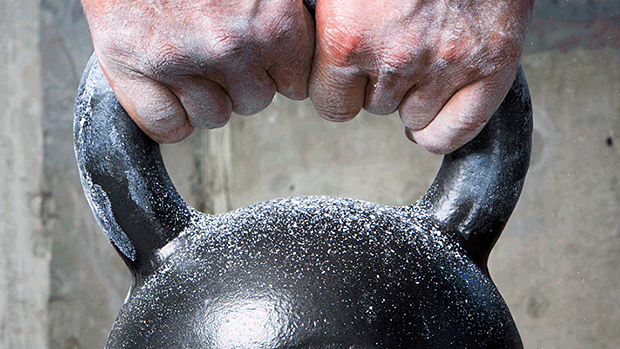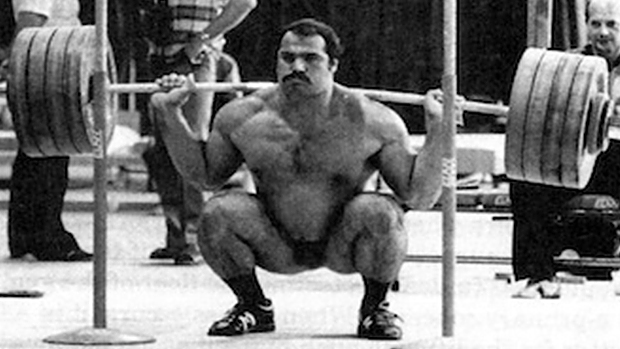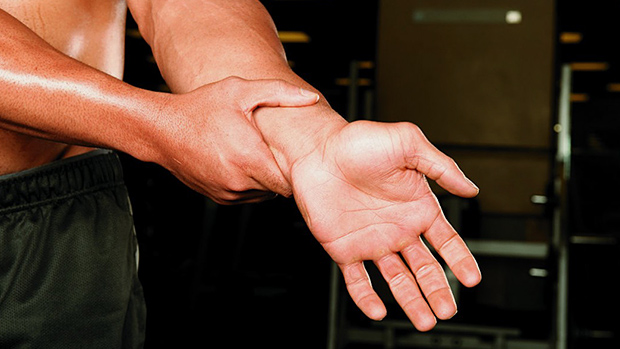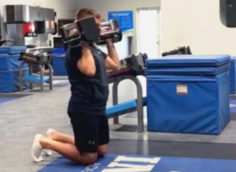Do you think the kettlebell swing is just a cardio exercise and should only be done with light weight? This stems from a lack of understanding of what a kettlebell swing can or should be. It's time to ditch the sissy swings.
Not Unlike a Deadlift
If you look at the positions, the kettlebell swing is not unlike a deadlift. The fact is, when performed correctly, they're identical except for the position of the weight.
The Kettlebell Swing
At the bottom of the movement, the shins are near vertical, the spine is long, and the shoulders are set down and back. At the top, hips and knees extend and you're standing upright. As for the movement in action, the kettlebell swing is decidedly simple: explode from bottom position to top position – simple as that.
How to Use Heavy Swings
- For strength and/or power: 5-10 reps.
- For conditioning: 10-plus reps for many sets, or 25-plus reps for a few sets.
What you don't see is any of this in-between crap. It's like what Yoda says – do or do not. Make it heavy and powerful or do something else. The really cool part about the heavy swing is that you not only get the same benefits as the deadlift, but you also get a killer eccentric and true plyometric action at the bottom of the swing.
The Swing Stigma
The problem with swings is the stigma associated with them in the general population. Weak, fragile people think they're scary and dangerous. Strong people think they're a waste of time, more appropriate for a boot camp class.
CrossFitters mainly use them for high-reps swung overhead. It's a silly way to swing that ruins many of the benefits.
Then you have the perfect-form zealots, who have a conniption every time you do anything over 30% of maximum. God forbid you do a swing where the angle between your thighs and trunk isn't exactly 90 degrees. Just shut up, put your protractors away, and swing something heavy.





